This year's Norwegian parliamentary election turned up some fascinating stories. Here's some of them you may have missed.
Norway's national election went largely as expected. The Labour Party won the most seats and their leader Jonas Gahr Støre is now in pole position to become the new prime minister.
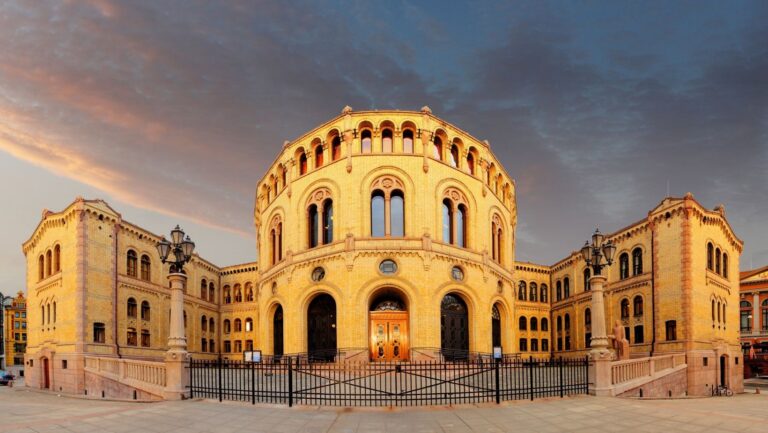
But beyond the election results themselves, there are many fascinating facts and stories that escaped a lot of attention. Here's just a few of them!
1. It was one of Labour's worst ever results
It's almost irrelevant as the party did win more seats than any other and their leader is set to become prime minister. But critics have been quick to point out that Jonas Gahr Støre limped to victory, and Norway's Labour Party (Ap) has been in decline for more than a decade.
Ap's vote share of 26.3% was down from 27.4% at the last election. More remarkable is the drop from 30.8% in 2013, the election that saw Erna Solberg become prime minister.
The last time an Ap prime minister won an election was in 2009, when Jens Stoltenberg led the party to a 35.4% vote share.
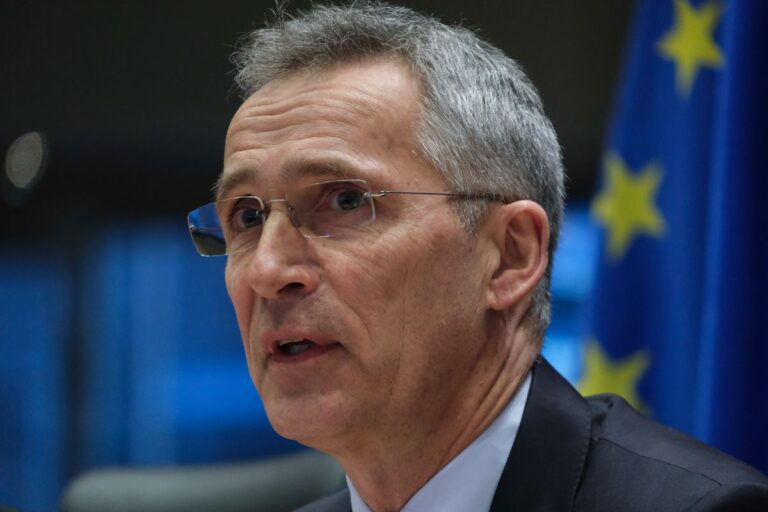
Still, despite the poor numbers, Labour will head up the new coalition government. But Støre may well face early pressure from within the party should things not go according to plan.
2. There's more female MPs than ever before
At the last national election, 69 women were among the 169 people elected to the Norwegian parliament. This time there were 77 women elected, which represents 45.6% of the total amount.
3. This will be Norway's youngest ever parliament
NRK's overview shows the average age in this parliament will be 45.7 years, which would be the lowest ever. In the last four elections, the average age of elected MPs was in excess of 46.
The success of far-left party Rødt is one of the big reasons behind the shift. Of their eight MPs, six are under the age of 40. That includes 39-year-old party leader Bjørnar Moxnes.
4. Norway's youngest MP is just 25
The Labour party's 25-year-old Åse Kristin Ask Bakke will be the youngest MP in the Norwegian parliament. She was born in May 1996 and was elected as the second Labour candidate from Møre og Romsdal.
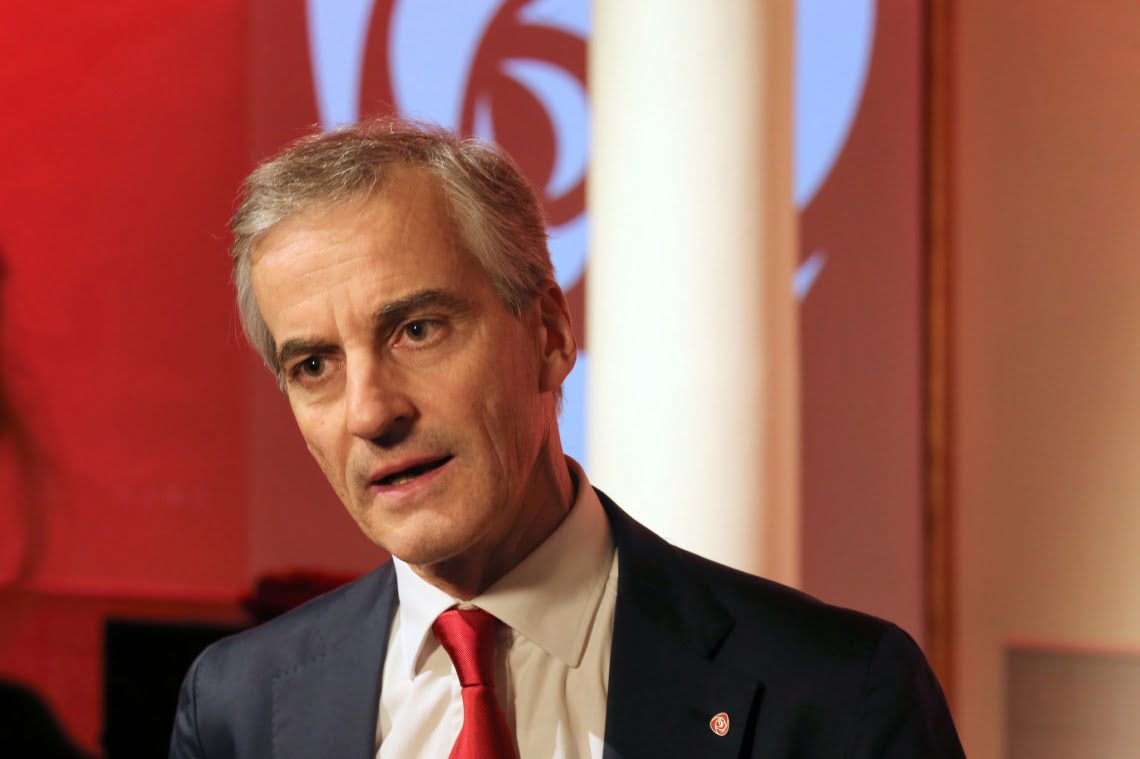
“It is important that the parliament represents the population by geography and gender, but also by age,” she said. The oldest MP will be Frp's 77-year-old Carl I. Hagen.
5. Record numbers of Norwegians voted in advance
More Norwegians than ever before chose to vote in advance of polling day. This could well be due to the potential risk of having to self-isolate on polling day itself.
This year 1,700,641 people chose to vote in advance, compared with 1,069,541 people at the parliamentary election in 2017. The total electorate is 3,891,736, so the percentage of advance voters was a remarkable 43.7%.
6. But overall turnout was down
Despite the drastic increase in the number of people voting in advance, the overall percentage of people who voted dropped. The turnout of 77.1% was down from 78.2% in both 2017 and 2013.
Once again, this could be related to the pandemic. It was possible for people under quarantine to vote on election day, but they had to contact their local municipality before 10am in order to make alternate arrangements.
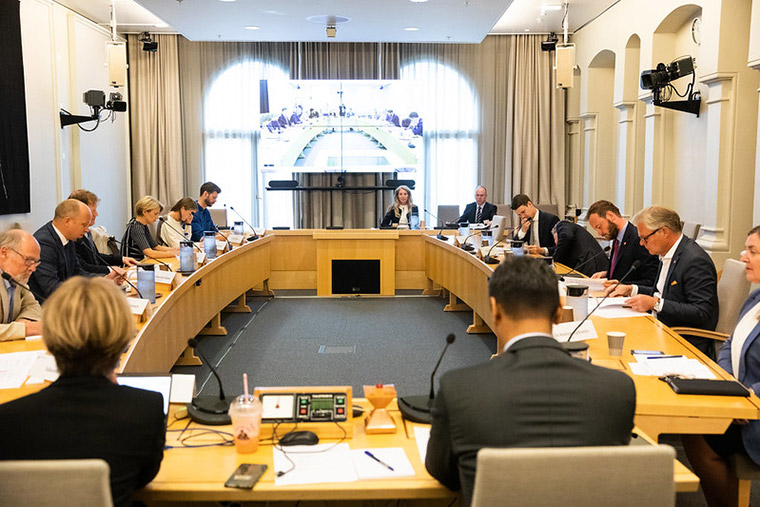
7. Finnmark elected an MP from a brand new party
Pasientfokus polled third in Finnmark, Norway's northernmost and easternmost electoral county. The 4,950 votes secured 12.7% of the vote, enough to put Irene Ojala in parliament.
The party was formed just a few months prior to the election and focused on the expansion of the Alta Hospital. Unsurprisingly, the party's biggest support was in Alta itself, where it earned more than 40% of all votes.
It is not yet known whether Ojala will support or oppose the government.
8. Norway has 67 new MPs
The new Norwegian Parliament will welcome many new faces. Of the 169 representatives, 67 are new. After the previous parliamentary election in 2017, there were 68 new faces.
9. Erna Solberg becomes Norway’s longest serving MP
She may have lost the election, but Erna Solberg will stay in Parliament. By doing this she sets a new record for longevity, having now been elected to Parliament in nine consecutive elections.
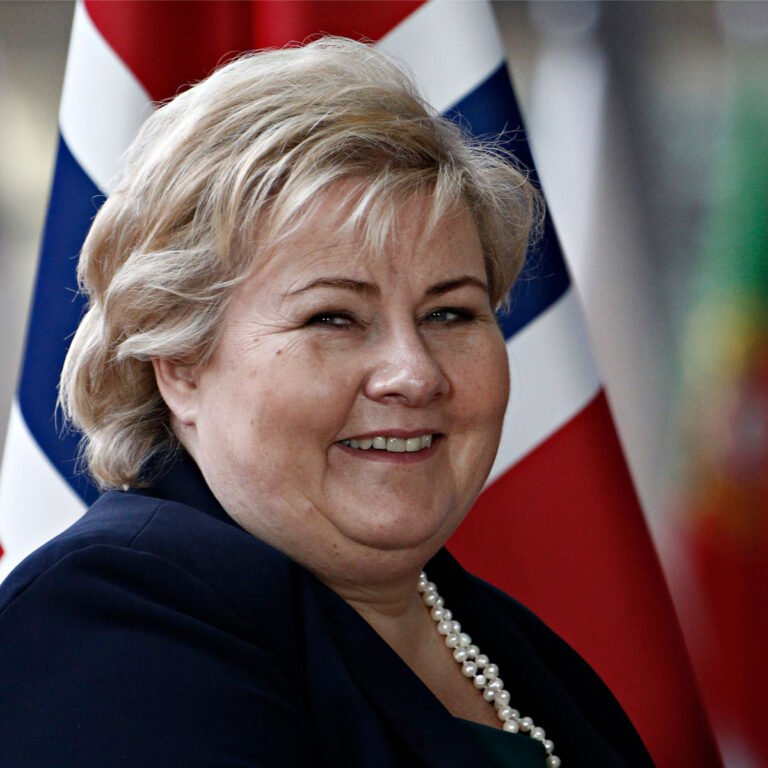
Of course, whether she remains as leader of Høyre remains to be seen. Many assume she will step down as party leader once the new government in place.
10. There was late drama in Nordland county
The very last votes counted in Nordland county created a dramatic situation that had a knock-on effect across Norway.
While the last votes didn't change the result–parties still had the same number of MPs elected–it did change the complicated mathematics that decides which people win the levelling seats, not just in Nordland but in several other counties too.
11. Several thousand votes were rejected
The Norwegian Directorate of Elections announced that 3,738 ballot papers were rejected. This is around 1,300 fewer than the last parliamentary election in 2017. 75% of the rejected ballot papers were advance votes.
Of the votes that were counted, 19,103 people chose to submit blank ballot papers. That represents 0.63% of the total number of votes counted.

